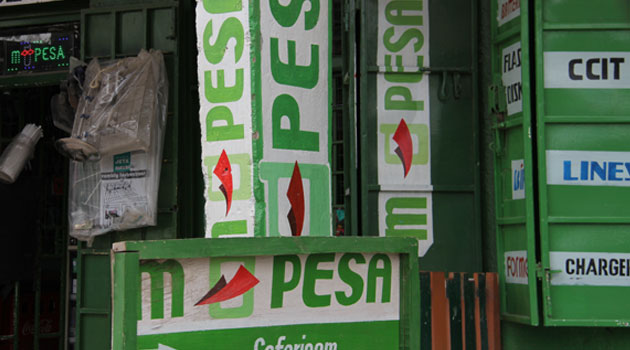
The growth of the agent network to an estimated 110,000 agents has reduced the distance between households to financial access points like banks from 10 KM to 1.4KM/FILE
NAIROBI, Kenya, Jan 5 – A recent study published by a team from the Massachusetts Institute of Technology reveals 194,000 Kenyan households escaped extreme poverty thanks to access to the M-PESA ecosystem over the last 8 years.
The families represent 2 percent of households in the country with nearly 185,000 women moving out of subsistence farming to business occupations.
Dr. Tavneet Suri, a researcher at MIT, says the study sought to find out how MPESA impacts the average Kenyan life and the extent to which it changes people’s income.
“The first thing we documented is that MPESA has made it cheaper, easier and faster to make transactions, and this improves in resilience. The example we give is when someone got sick in the house, everyone would go look for money to buy medicine, and as a result cut other expenses,” explains Suri.
The study indicates households with mobile money could draw on a wider network of social support, “and they received more remittances more quickly from more different types of people in response to negative shocks.”
The paper titled, The long-run poverty and gender impacts of mobile money, found out mobile money increased the efficiency of the allocation of consumption over time while allowing a more efficient allocation of labor, resulting in a meaningful reduction of poverty in Kenya.
The study also revealed access to the mobile wallets improved access to credit and improved savings ultimately contributing to poverty reduction.
Further, the study found the cost and speed of sending money over long distances have significantly reduced over the period.
The growth of the agent network to an estimated 110,000 agents has reduced the distance between households to financial access points like banks from 10 KM to 1.4KM.
“Mobile money has further facilitated informal risk sharing, which, as well as smoothing consumption, could lead households to adopt higher-risk but higher-return income-earning strategies or occupations; by reducing the cost of long-distance remittances,” states the study.


































